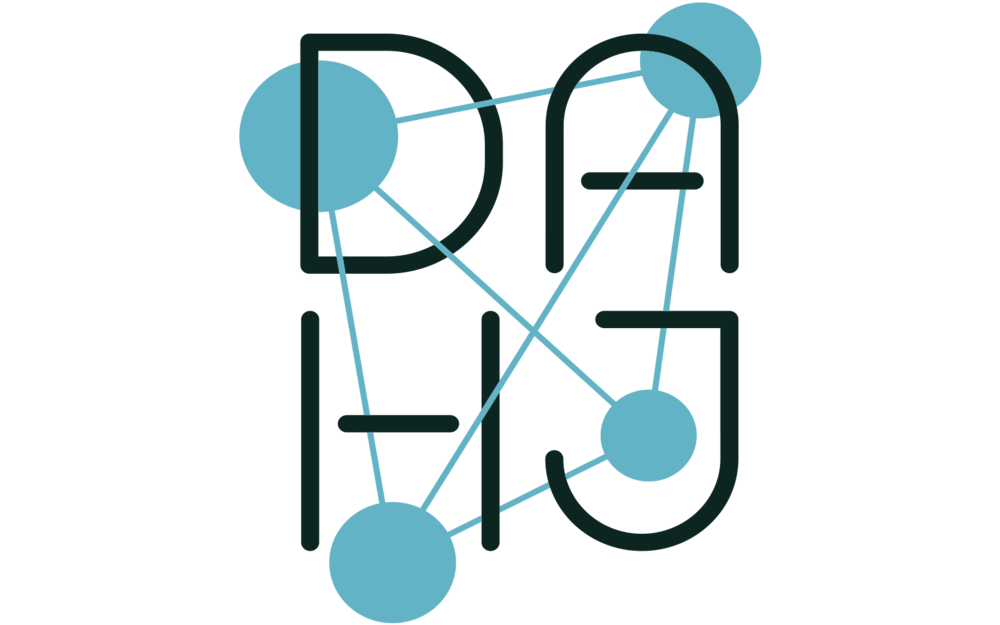Abstract
In the past few years, the number of fine-art collections that are digitized and publicly available has been growing rapidly. With the availability of such large collections of digitized artworks comes the need to develop multimedia systems to archive and retrieve this pool of data. Measuring the visual similarity between artistic items is an essential step for such multimedia systems, which can benefit more high-level multimedia tasks. In order to model this similarity between paintings, we should extract the appropriate visual features for paintings and find out the best approach to learn the similarity metric based on these fea- tures. We investigate a comprehensive list of visual features and metric learning approaches to learn an optimized similarity measure between paintings. We de- velop a machine that is able to make aesthetic-related semantic-level judgments, such as predicting a painting’s style, genre, and artist, as well as providing simi- larity measures optimized based on the knowledge available in the domain of art historical interpretation. Our experiments show the value of using this similarity measure for the aforementioned prediction tasks.
DOI: https://doi.org/10.11588/dah.2016.2.23376
Authors
Babak Saleh
is a PhD candidate in the department of computer science at Rutgers University, where he conducts research in the intersection of computer vision, machine learning, and human perception. Inspired by human visual perception, he has developed computational models for measuring typicality of an image and its application in learning more robust visual classifiers. He holds a MS in Computer Science and a second MS in Statistics from Rutgers University. He completed his undergraduate studies in Computer Science and Mathematics at Sharif University of Technology in Tehran, Iran. He is the recipient of outstanding student paper award from AAAI 2016, and NSF I-Corps award. His research has been recognized by major media and press outlets, including NBC News, PBS, New York Times, Washington Post, WIRED, Fast Company and IEEE MultiMedia.
Dr. Ahmed Elgammal
is an associate professor at the Department of Computer Science, Rutgers, the State University of New Jersey. He is a member of the Center for Computational Biomedicine Imaging and Modeling (CBIM) at Rutgers and affiliate member in Rutgers University Center for Cognitive Science (RUCCS.) and the director of the Art and Artificial Intelligence at Rutgers and the Human Motion Analysis Lab (HuMAn Lab.)

